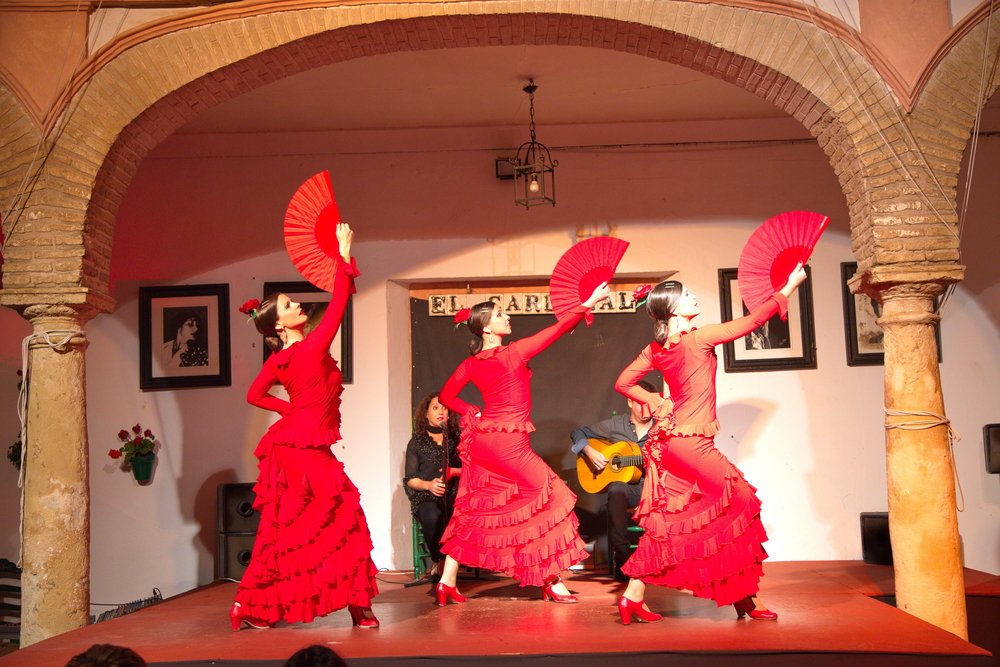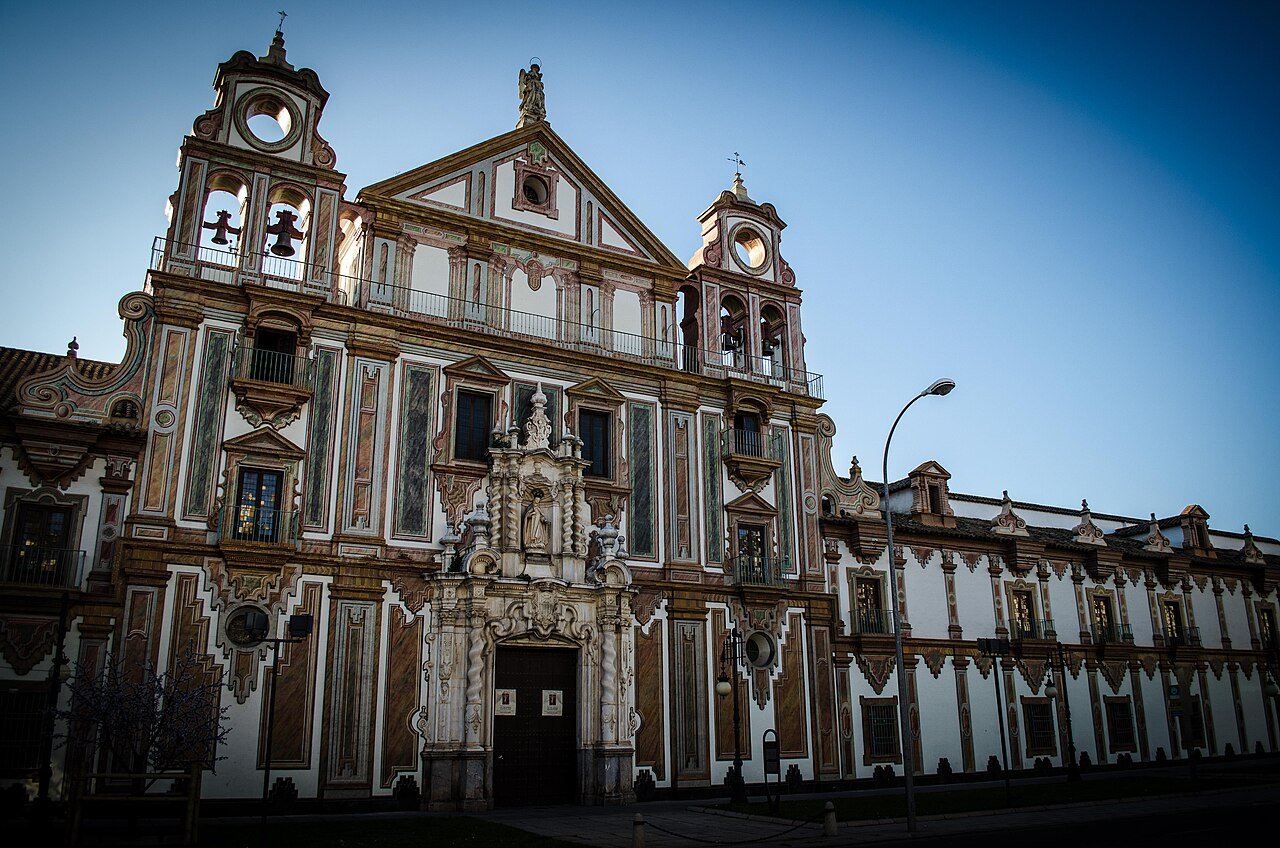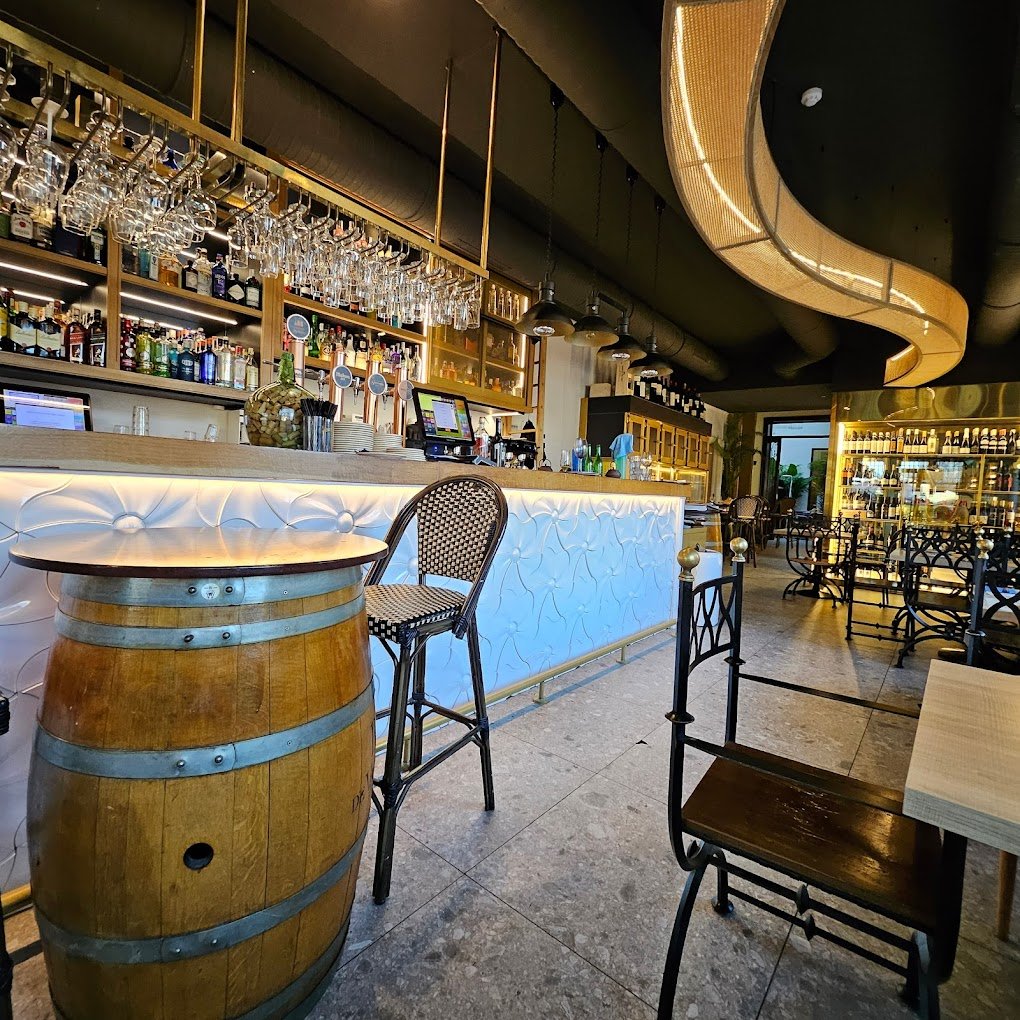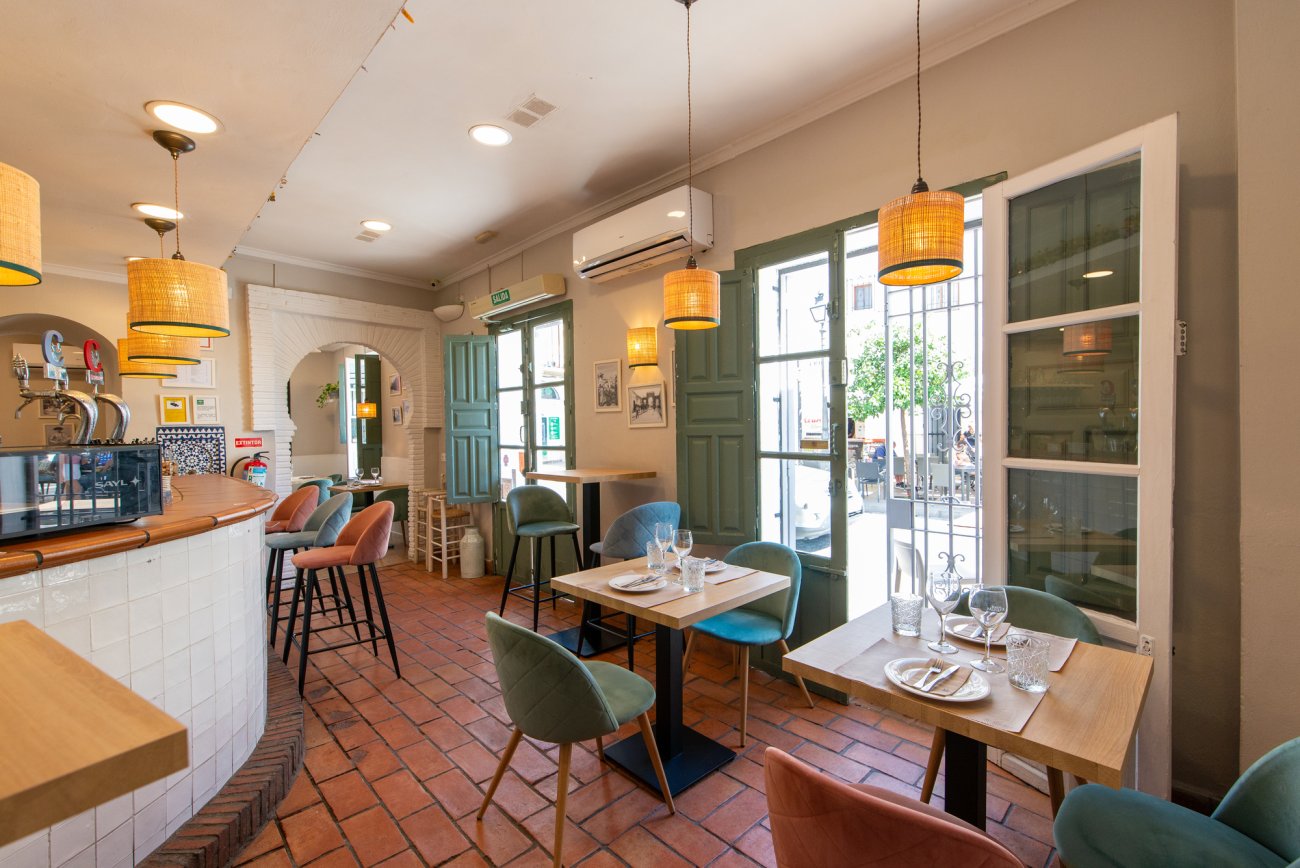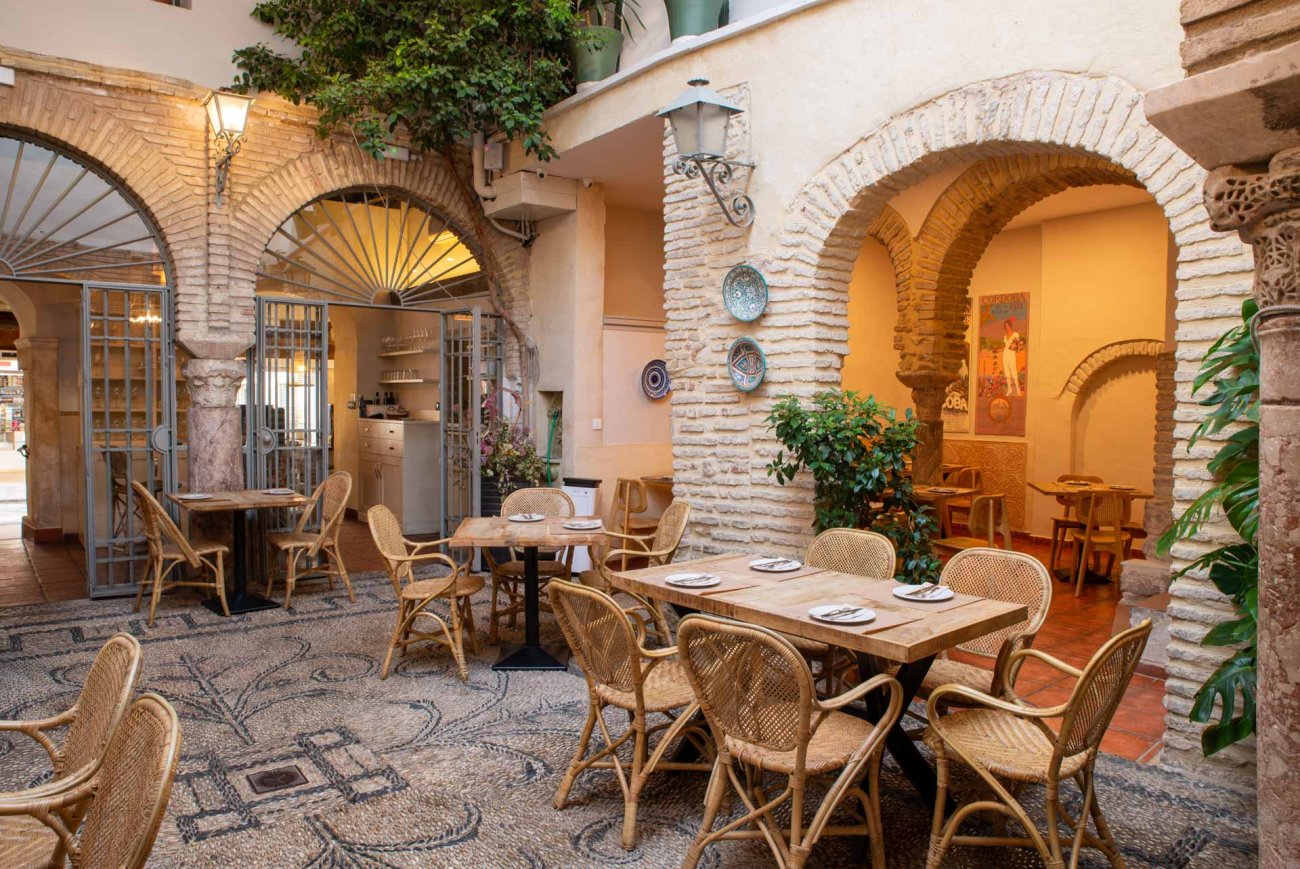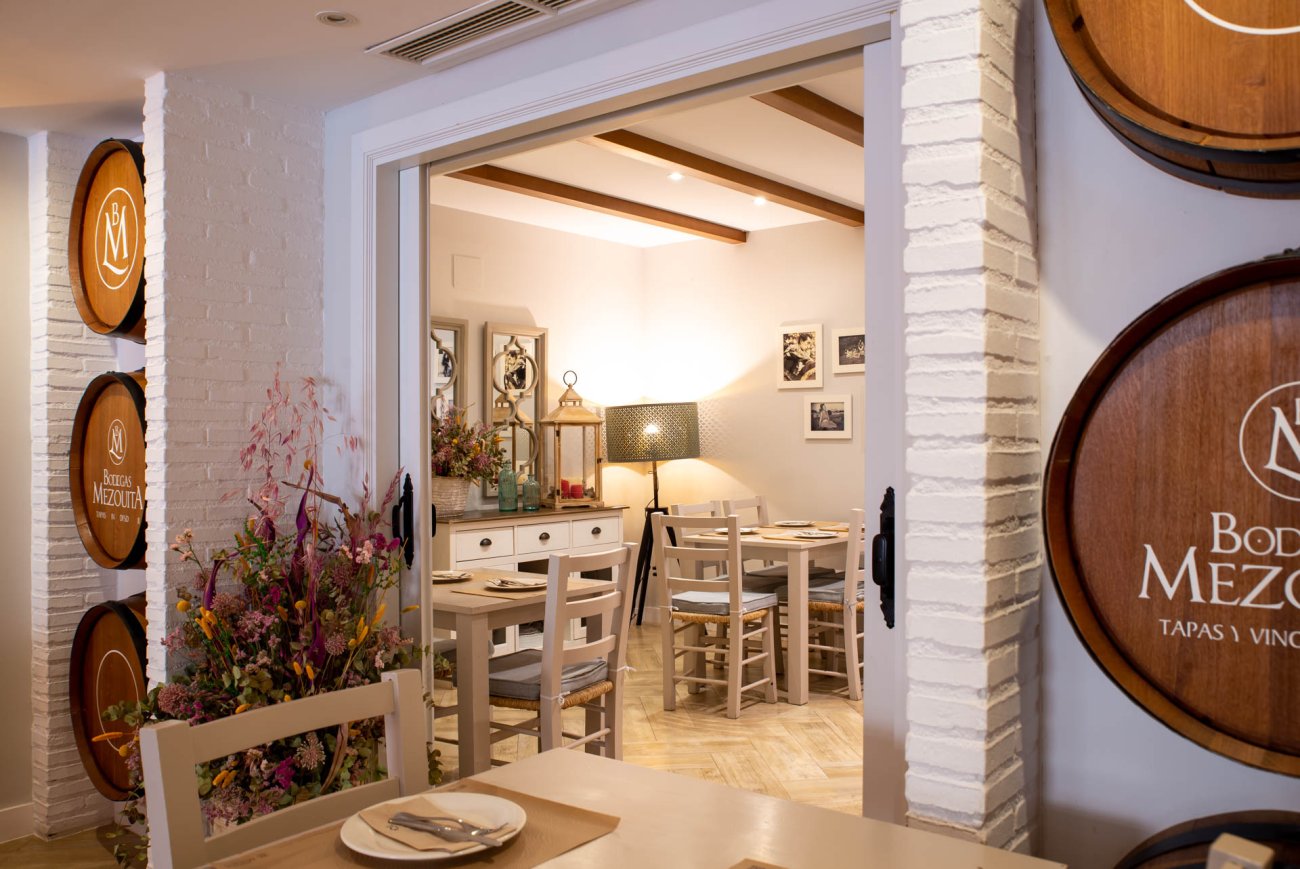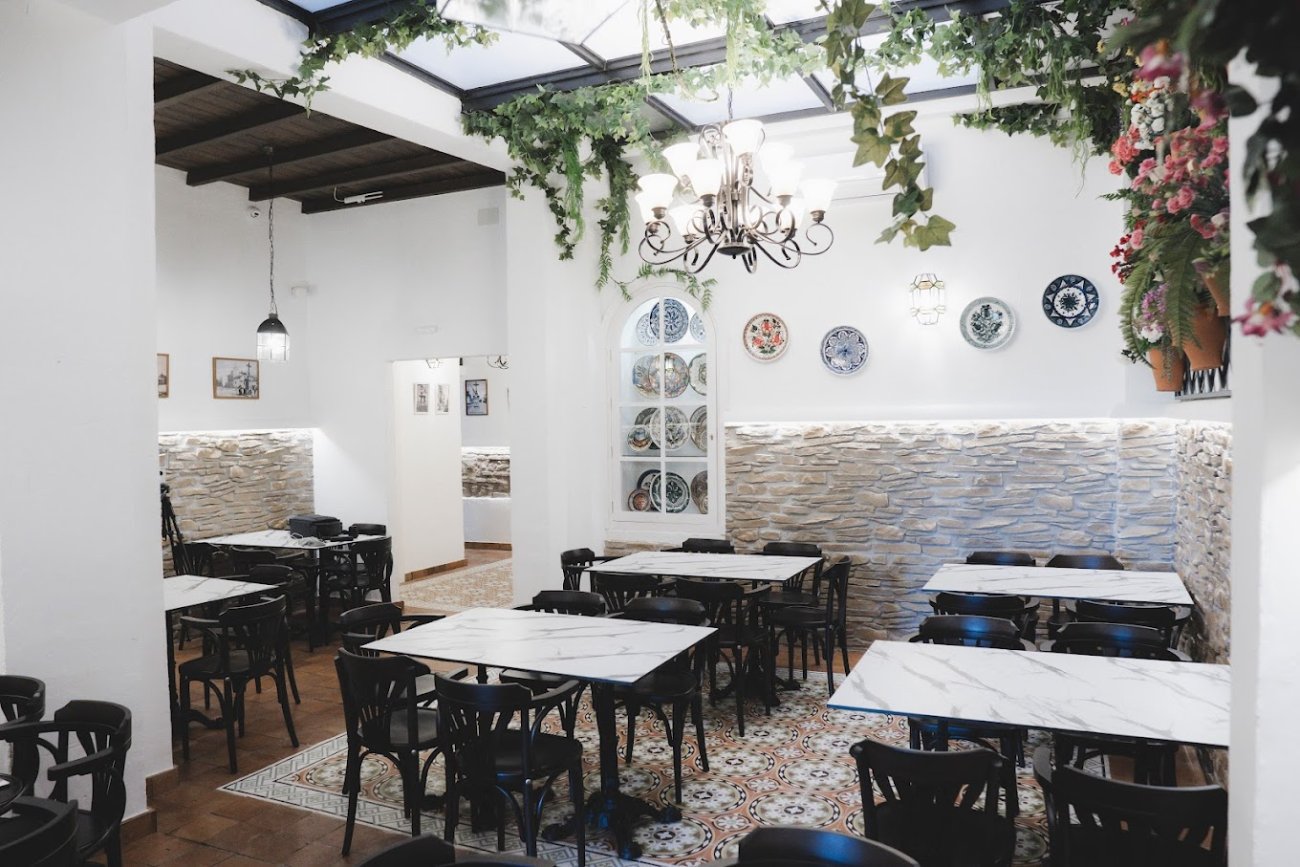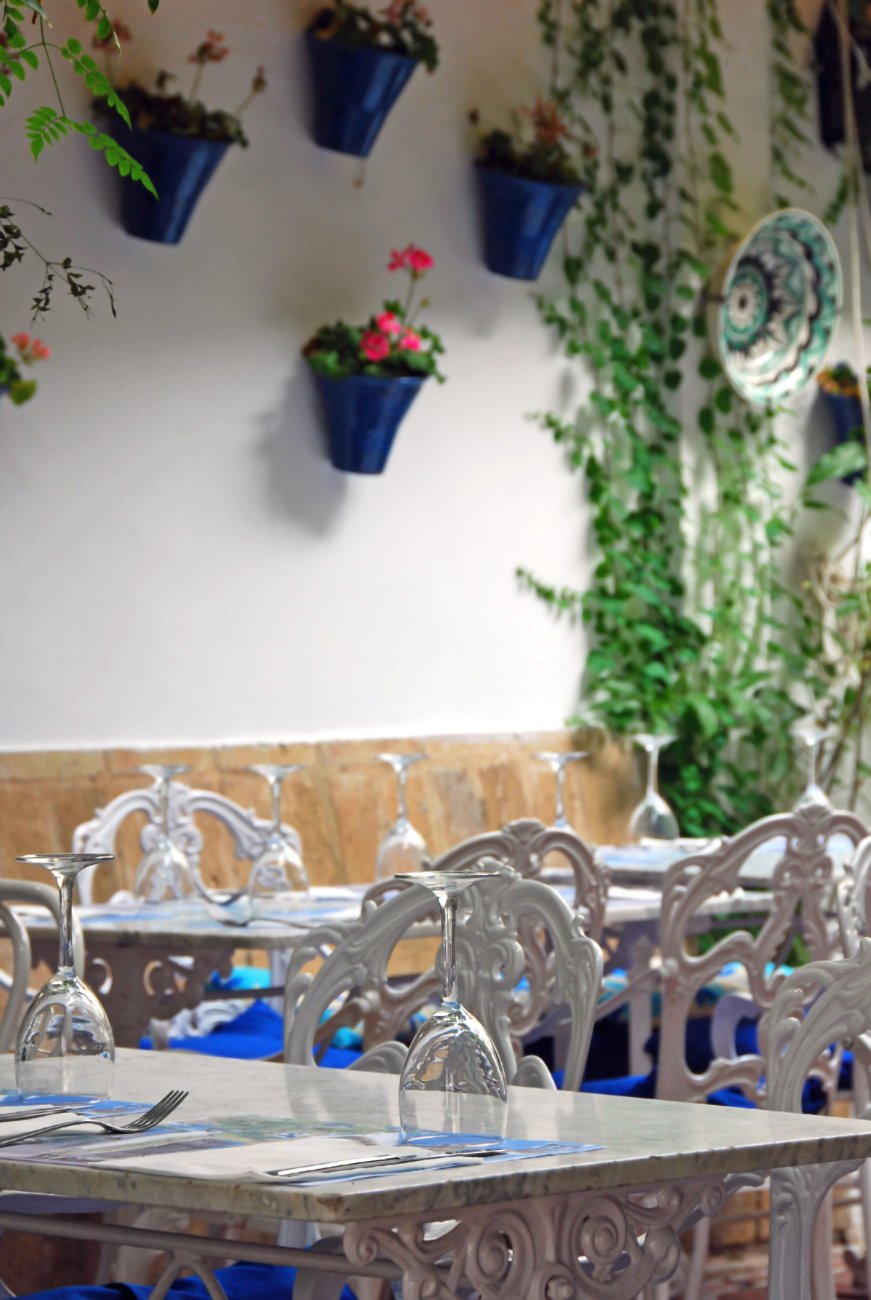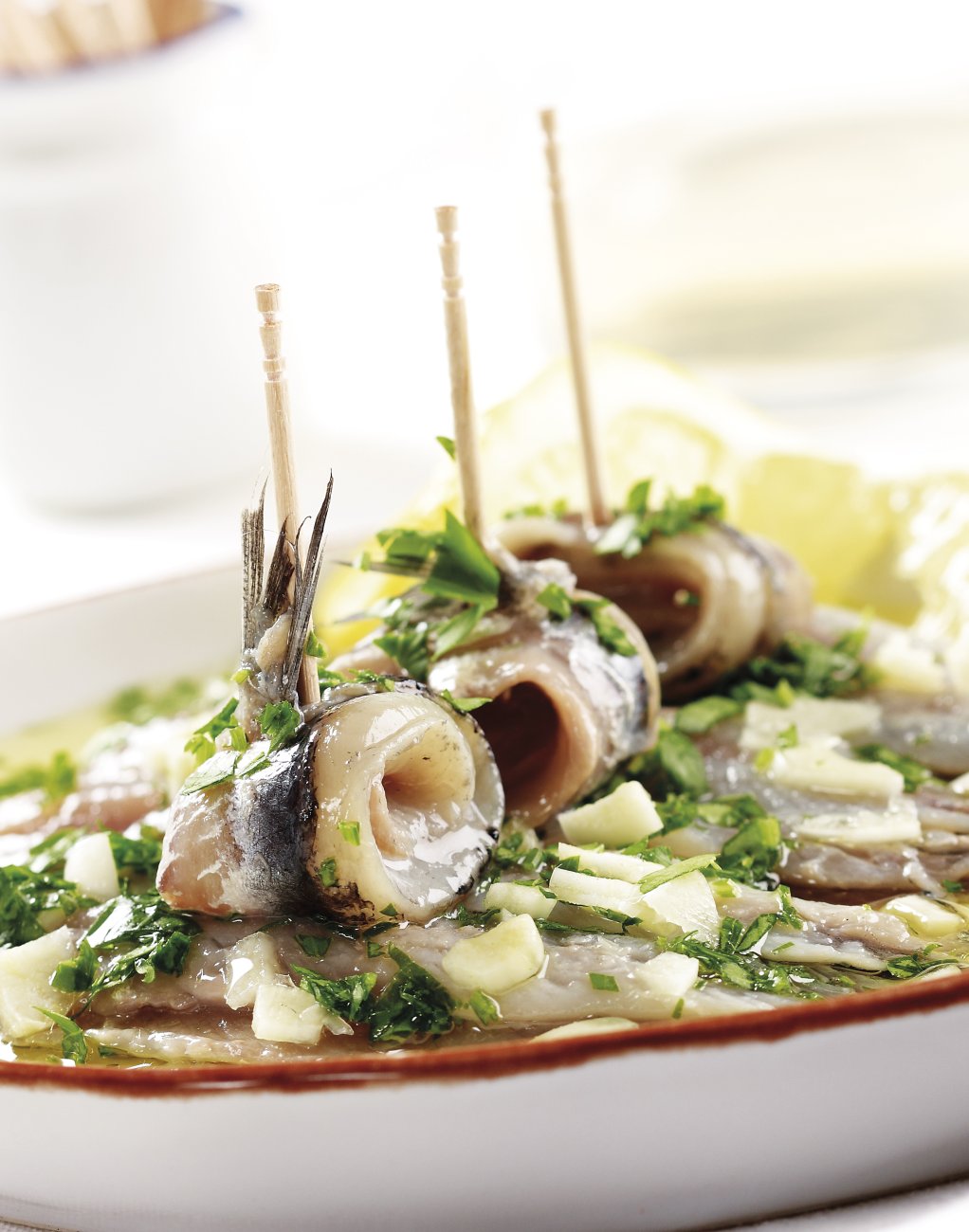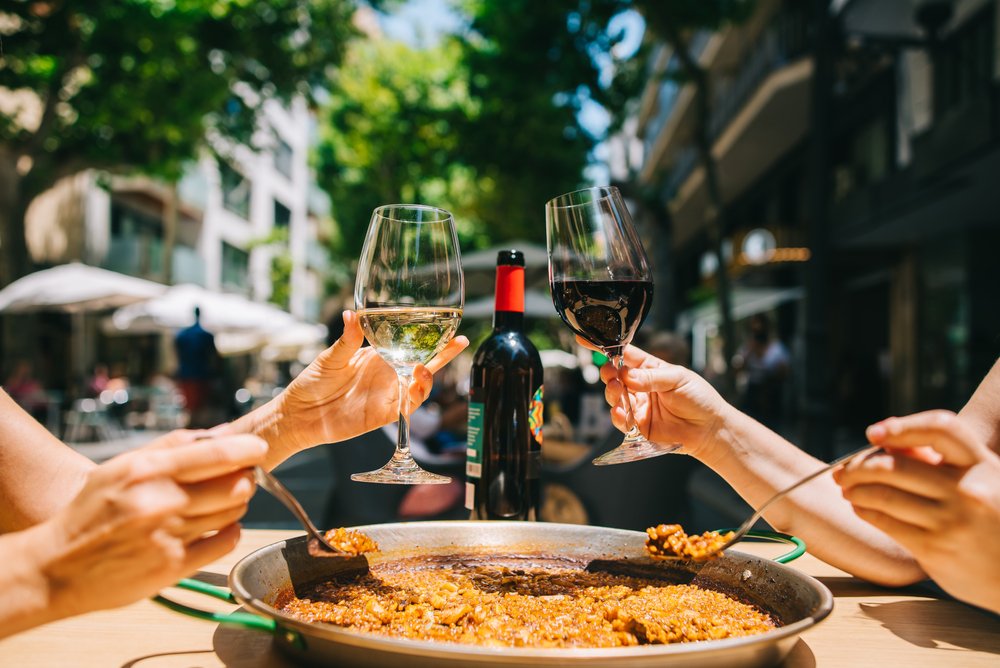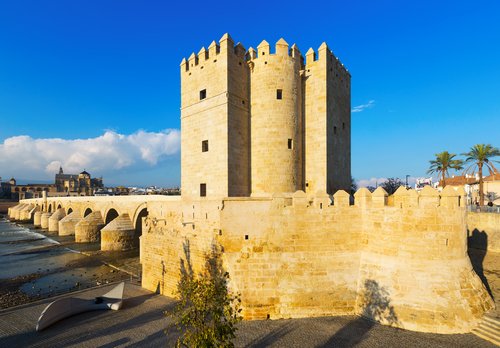The history of the Palacio de la Merced dates back to ancient times, where its foundations and structures have been silent witnesses of different periods and events that have marked the city and its inhabitants. During the excavations carried out in 1973-1974, remains of a Roman ashlar construction were discovered, suggesting the possibility that this place had even more remote origins, even from the early Christian period.
The convent of La Merced, founded between 1245 and 1262, is traditionally linked to the figure of San Pedro Nolasco, to whom King Ferdinand III of Castile donated the Basilica of Santa Eulalia after the conquest of the city. Over the centuries, the convent underwent various transformations and expansions, highlighting its baroque reform in the 18th century, which gave it the structure and design that we know today.
Construction of the current building took place between 1716 and 1760, under the patronage of prominent religious figures of the time. The names of the teachers who participated in this enterprise are unknown, but the collaboration of prominent architects and artists of the time is presumed. The reform included the construction of the church, the main cloister, the staircase and other rooms, as well as the renovation of the exterior façade, which gave the complex greater harmony and architectural cohesion.
Throughout its history, the Palacio de la Merced has witnessed significant events, such as the fire that occurred in the early hours of January 29, 1978, which devastated the church and caused the loss of the main altarpiece and other valuable items. historical and artistic. The subsequent restoration, which lasted more than thirty-six years, returned the building to its original splendor, allowing it to be inaugurated in December 2014.
In addition to its architectural and historical importance, the Palacio de la Merced houses a valuable collection of artistic works from various periods. From ancient pieces to contemporary creations, this cultural space offers a unique look at the art and history of the region. Among the most notable works are the paintings about the life of San Pedro Nolasco, made by José Ignacio de Cobo y Guzmán in the 18th century, as well as pictorial and sculptural works by renowned local and national artists.
